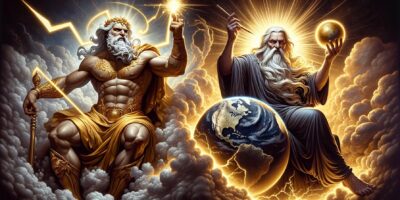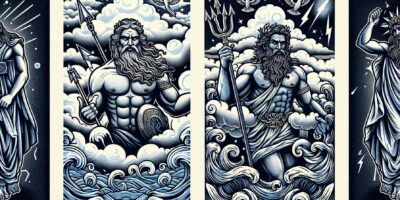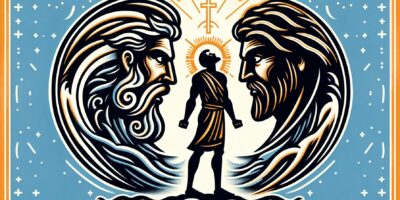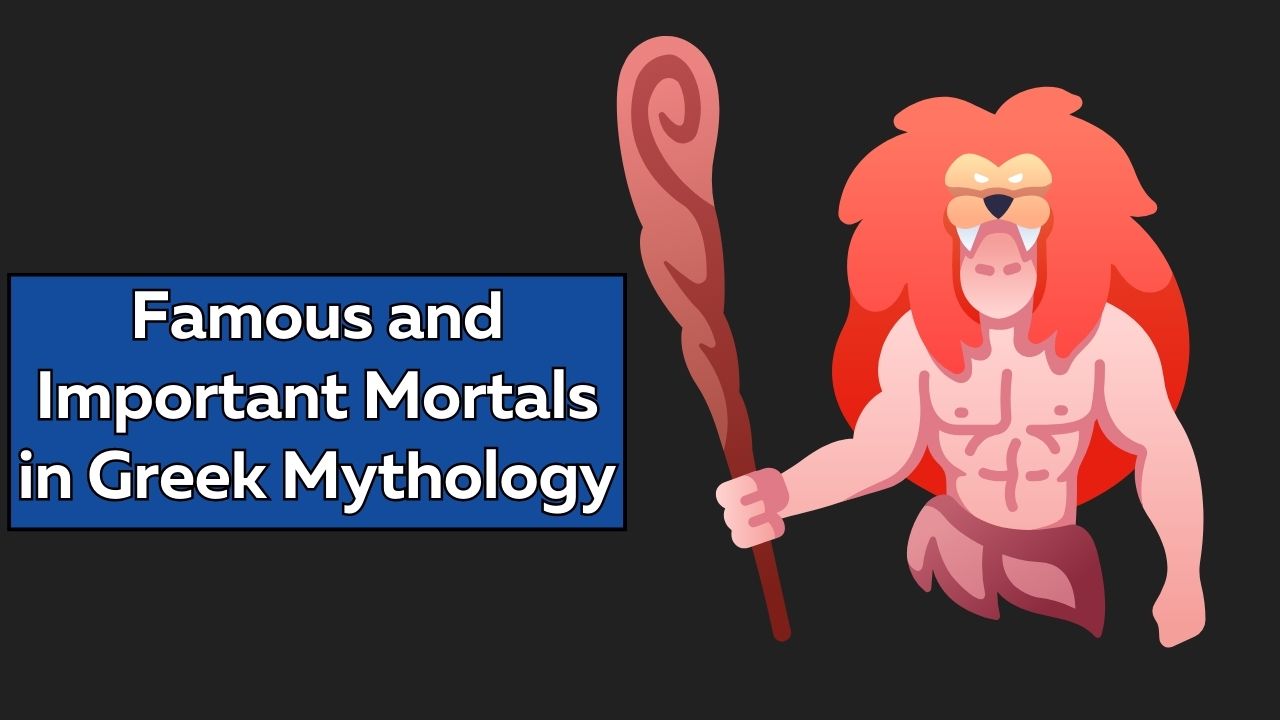Introduction:
For centuries, dwarves and dark elves have been portrayed as rivals in popular fantasy literature. While they are often derided as nothing more than plot devices, these races can be incredibly creative and nuanced additions to a compelling story. In this article we explore the differences between dwarves and dark elves and discuss how these distinctions can be used to great effect in storytelling.
Difference 1: Physical Characteristics
1. Dwarves: Dwarves are typically portrayed as short, stocky humanoids with large, pointy beards. They tend to be physically strong, and often have some degree of physical armor. Dwarves often have an affinity for metalworking, and are usually associated with mining and construction.
2. Dark Elves: Dark Elves are usually tall and slender creatures with pale skin and striking facial features. They tend to be lighter and quicker than Dwarves, and are often associated with magic and the arcane arts rather than physical pursuits. As their name implies, they often have a darker, more sinister air about them compared to their lighter cousins.
Difference 2: Racial Heritage
1. Dwarves: Dwarves are typically rooted in European folklore and mythology, particularly with Irish and Germanic folklore. Dwarves are often depicted as the protectors of the earth and have close ties to nature. In some traditions, they are said to be created from the earth itself.
2. Dark Elves: Dark Elves are rooted in Norse mythology and originate from the Svartalfar, a race of elves who lived in the underground realm of Svartalfheim. It is said that the Svartalfar were kin to the light elves and dwarves, but they were distinct in many ways. Dark Elves have a more mysterious and malevolent air about them compared to their light-dwelling kin.
Difference 3: Society and Culture
1. Dwarves: Dwarves are often portrayed as a highly ordered society with a deep respect for tradition and history. They are usually depicted as being solitary creatures, but they are also said to be hard-working and fiercely loyal to their kin. They are often seen as honorable and dependable warriors.
2. Dark Elves: Dark Elves are often much more chaotic and unpredictable than Dwarves. They are said to be deceitful and avaricious, and they have a deep reverence for magic and the arcane arts. Dark Elves typically have few moral or ethical boundaries and will often resort to any means necessary to get what they want.
Difference 4: Preferred Weapons and Armor
1. Dwarves: Dwarves typically prefer weapons and armor that are made of metal. They often use axes and hammers in combat, and their armor is usually made of thick, sturdy plate or chainmail. Dwarves also tend to favor ranged weapons like bows or crossbows.
2. Dark Elves: Dark Elves typically use more esoteric weapons and armor that are imbued with magical properties. They are most associated with using bows, spears and swords, but they also have a deep affinity for poisons, mystic artifacts and dark rituals. As their name implies, they often dress in dark clothing that is well-suited for subterfuge.
Difference 5: Magic and Religion
1. Dwarves: Dwarves typically have a deep respect for nature and the earth, and often revere deities associated with the elements or minerals. While they may not practice magics of their own, Dwarves have often been known to serve as protectors of powerful magical items and artifacts.
2. Dark Elves: Dark Elves have a deep reverence for the arcane arts, and often practice their own form of magic. They make use of dark rituals and powerful curses, and are often linked to dark gods or demon-like entities. In some stories, Dark Elves are said to be able to manipulate and twist reality to their own ends.
Difference 6: Occupations and Skillsets
1. Dwarves: Dwarves typically have an affinity for metalworking, engineering, construction and mining. As mentioned earlier, they are usually skilled warriors who tend to specialize in heavy weapons and armor. They are also known to be excellent craftsmen and inventors.
2. Dark Elves: Dark Elves tend to specialize in magic and the arcane arts. They often practice necromancy and other dark rituals, as well as curses and other sorts of curses. In some stories, they are known to be powerful healers and have an affinity for illusion and trickery.
Difference 7: Lifestyle and Habits
1. Dwarves: Dwarves often live in subterranean caverns and tunnels in which they have carved away with their mighty hammers and pickaxes. They tend to be reclusive, but are fiercely loyal to their kin and will often protect them fiercely. As mentioned earlier, they have an admiration for the earth’s riches and often search for rare metals and gems.
2. Dark Elves: Dark Elves often live in caves and tunnels deep underground, but can also be found in some of the more foreboding forests of the world. They tend to keep watch in the shadows and are often on the move, searching for knowledge and power. It is said that they are often drawn to scenes of death and destruction and will often feed off of the misery they create.
Difference 8: Friendship and Alliances
1. Dwarves: Dwarves often have very strong friendships and alliances with other races, particularly with humans, elves, and gnomes. They have a deep respect for honor and loyalty, and are said to be willing to lay down their lives for their friends. They often serve as guardians and mentors, often helping to protect and advise other races.
2. Dark Elves: Dark Elves are often portrayed as mysterious and untrustworthy creatures. They tend to form few lasting alliances, often shifting allegiances in order to achieve their own ends. They typically have a disdain for other races and will often take advantage of them or enslave them in order to further their own goals.
Difference 9: Powers and Abilities
1. Dwarves: Dwarves often have a deep connection with the earth and the land, and are said to have the ability to commune with rocks and mountains. They are often able to move through solid rock, and have been known to conjure powerful wards in order to protect their dwellings. They are also said to have an almost supernatural affinity for metalworking, and are able to craft powerful weapons and armor with ease.
2. Dark Elves: Dark Elves, as their name implies, are said to be able to manipulate the shadows and the dark. They can control the minds of other creatures, and have been known to unleash powerful curses that can have far-reaching repercussions.In some stories, Dark Elves also have the ability to control time and the weather.
Difference 10: Goal and Motivation
1. Dwarves: Dwarves are typically portrayed as honorable and dependable, and their goals are often firmly rooted in protecting the land and preserving nature. They often have a deep respect for the past and a desire to keep peace and stability in the world. Dwarves can be fierce warriors, but their default stance is often one of peace and diplomacy.
2. Dark Elves: Dark Elves tend to be motivated by power and greed. They are often portrayed as selfish and cunning, and are said to have a deep need to control and manipulate other creatures. They are often willing to make allies and enemies as necessary in order to achieve their goals.
Conclusion
Dwarves and Dark Elves are often portrayed as rivals in popular fantasy literature, but they are actually quite distinct races with their own unique characteristics. Dwarves are usually strong and stocky humanoids, while Dark Elves are tall and slender creatures with a paler complexion. They differ in their weapons and armor, magic and religion, lifestyle and habits, and their goals and motivations. These differences can be used creatively in storytelling to add an intriguing and nuanced dynamic.







Leave a Reply